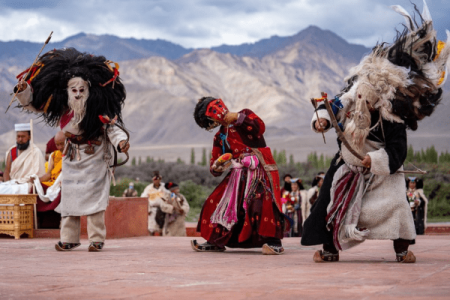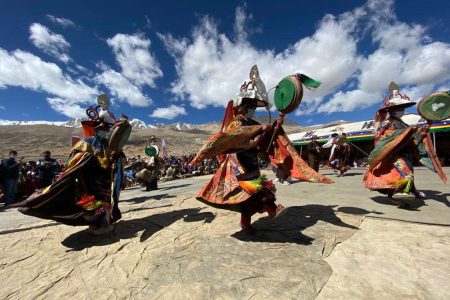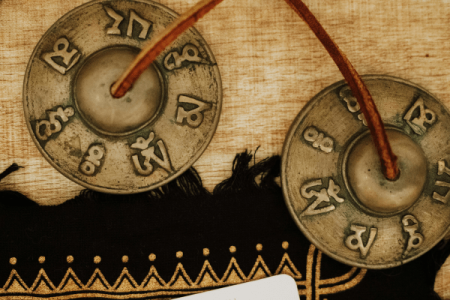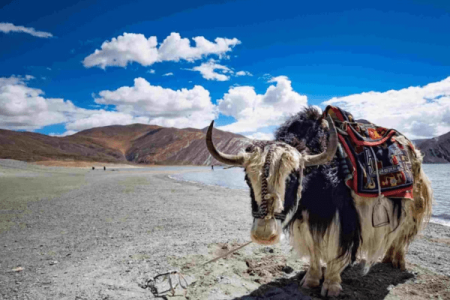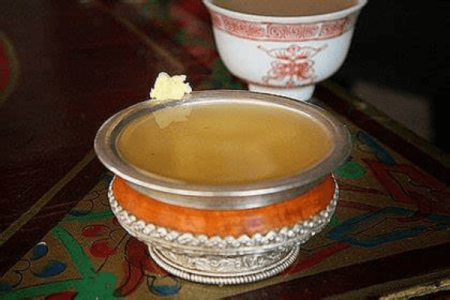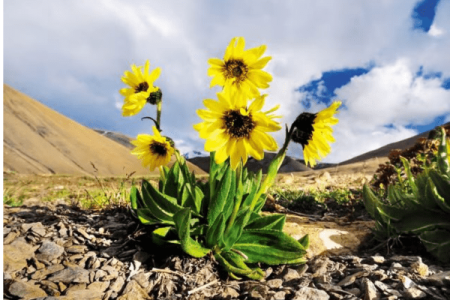Conclusion
Chemrey Monastery is not just a place of worship; it is a testament to the enduring spiritual heritage of Ladakh’s high-altitude borderlands.
Situated in the remote village of Chemrey, near the Line of Actual Control, this modest monastery serves as a spiritual anchor for the local community. While specific details about its founding remain scarce, Chemrey Monastery is integral to the region’s Buddhist traditions. The village itself is adorned with colorful prayer flags, ancient monasteries, and sacred mani walls, reflecting the deep-rooted Tibetan Buddhist culture.
Nestled amidst the rugged terrains of the Changthang region, Chemrey Monastery offers panoramic views of the surrounding mountains and valleys. Its isolation has preserved its authenticity and spiritual depth, making it a treasure for mindful travelers seeking solitude and reflection.
For devotees, Chemrey provides a sacred space to connect with Buddhist teachings. For historians and art enthusiasts, it offers a glimpse into the region’s rich Buddhist heritage. And for travelers seeking tranquility, the monastery’s peaceful ambiance offers a respite from the hustle and bustle of daily life.
Whether you’re a seeker of faith or beauty, Chemrey Monastery promises to touch your soul and stay etched in your Ladakhi memories forever.


